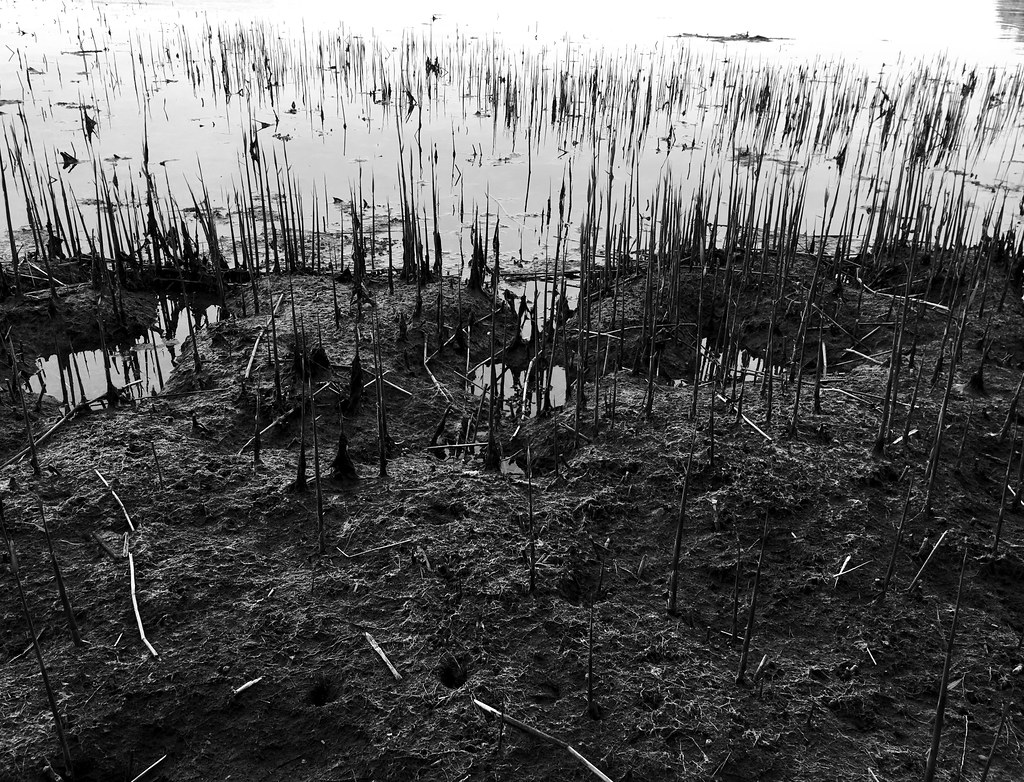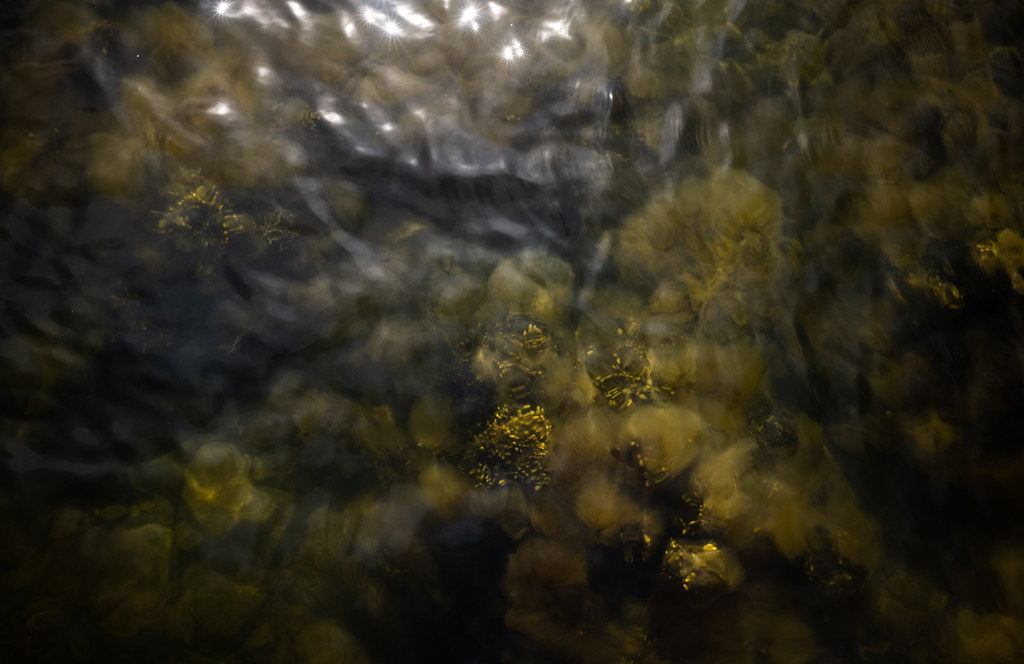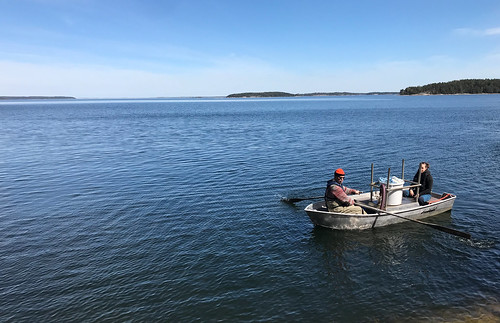Table of Contents
Spectres in change - 02019
Spectres, Landings / Spectres in Change Retreat on Seili / 14-17 May 2019 /
Hosts. Taru Elfving, Contemporary Art Archipelago (CAA), Ilppo Vuorinen, Jari Hänninen, Katja Mäkinen, Jasmin Inkinen, (The Archipelago Research Institute)
Guests. Maja Kuzmanovic and Nik Gaffney (FoAM), Helena Hunter and Mark Peter Wright (Matterlurgy), Kati Roover, and Saara Hannula with a brief visit from Katja Bonnevier (Archipelago Sea Biosphere reserve)
(see spectres residency 02019 for further notes…)

Tue 14 May 2019 Arrival
Travel to Seili. Train form Helsinki to Turku, Bus fro Turku to Nauvo, Ferry from Nauvo to Seili.
Walk and introduction to the retreat by Taru Elving and Introduction to Seili by Ilppo Vuorinen. The institutional history of the island (leper colony, mental hospital, research institute), environmental situation on the island and the Archipelago sea (rising temperature, lowered salinity, increase of tick populations…). visit former hospital now institute building, church and cemetery

Wed 15 May 2019
Walk + introductions to Seili research by Jasmin Inkinen & Johannes Sahisten. MA research Diet of Mystis relicta group in the Archipelago Sea & metabarcoding, BA research on herring parasites, tick collection, microscopy (herring otoliths, ticks, plankton, primula veris (cowslip))
Archipelago Sea Biosphere Reserve / Katja Bonnevier. Explanation of the Archipelago (inner, middle and outer, thousands of islands of differing sizes, habitats and populations). Introduction to the Archipelago Sea Biosphere Reserve (criteria, partners, ambassadors, activities). Examples of projects (meadows & grazing, single-use plastic campaign and exhibition, food waste, education…) http://www.unesco.org/mabdb/br/brdir/directory/biores.asp?code=FIN+02&mode=all
Presentations of recent work by participants
- Matterlurgy: Rehearsals for uncertain futures https://www.matterlurgy.net/rehearsals-for-uncertain-futures
- Kati Roover: http://www.katiroover.com/ https://soundcloud.com/kroover
Dinner, Plankton collection, walks, Sauna and supper

Thu 16 May 2019
Presentations of Seili research by Jasmin Inkinen. meadows and vascular plants time series, tick hotspot.
Field trip with Jari Hänninen & Katja Mäkinen. collection and identification of coastal species (fish, moluscs, crustaceans, seaweed…) plankton collection
Research presentation by Katja Mäkinen. herring/zooplankton time series, research methodologies and conclusions. https://research.utu.fi/converis/portal/Publication/35435072?lang=fi_FI
Dinner, Microscopy with live plankton samples, Wine & cheese at Mattson, hosted by Jari Hänninen.
video screening of Distortions, a work in progress by Kati Roover about underwater noise pollution in the Baltic Sea: https://helsinki.setac.org/event/science-art-exhibition/
brief overview of FoAM's history, current practice and open questions for the residency on Seili. FoAM Network http://fo.am/about/ FoAM Earth https://fo.am/studios/earth/ and https://fo.am/events/spectres-salon/


Fri 17 May 2019 Departures
Landing with Saara Hannula (http://www.saarahannula.com/). A morning walk (alone, together) exploring landing as a practice of communing with land (incl. birds, wind, trees etc.), asking permission, exploring the island by being called/invited (by others or our own subconscious interpretation of others)
Breakfast & debrief from the morning walk. Departure by Ferry from Seili to Nauvo, Bus from Nauvo to Turku, Train from Turku to Helsinki.

Research on Seili discussed during the retreat
- The future of the Baltic Sea and us: the effects of climate change to the Baltic Sea pelagic ecosystem
- Baltic Herring and Herring Research
- Tick research
- short summary in English on https://www.utu.fi/en/units/cerut/archipelago-research-institute/research/Pages/home.aspx
- osprey nest
- Baltex / Baltic Earth
- Automated monitoring of water quality
More information about active research projects. https://www.utu.fi/en/units/cerut/archipelago-research-institute/Pages/home.aspx
miscellaneous links & references...
weather station on Seili. http://saaristomeri.utu.fi/weather/
acoustic kitty (cold war augmented feline recording device, not the indy band)
El mar la mar (2017) - IMDb
sonic sea (documentary)
leviathan (sensory ethnography lab)

Notes on arriving, landing, sensing, attuning...
FoAM's landing practices
- greeting, giving thanks, a hesitant approach and entrance, asking permission (like a guest arriving to a host's home)
- noticing and attunement (using practices from e.g. meditation, personal/situated rituals and observances, butoh and psychedelic traditions), incl. taking time to adapt to the daily rhythm and environment (e.g. by finding, cooking and sharing local foods)
- looking for resonances and disturbances (inner & outer) - awareness of the effects the environment has on us & vice versa
- getting to know our hosts and their concerns and needs - with humans this usually involves informal conversations over food / drinks; with other entities a non-verbal, more somatic exchange (sometimes including being bitten/eaten/stung by local flora & fauna)
- field trips (direct experience of places at different speeds & conditions… - e.g road trip, hiking, meandering, abiding still, etc.), incl. attempts at decyphering the environment using our senses and instruments, making fieldnotes (written notes, augmented with photographic and sound recording, if appropriate)
- learning journeys with different stakeholders - informal conversations in the places of concern with people (and other entities) who are personally invested in the places/subjects of interest
- if appropriate: structured conversations and facilitated workshops (including dif. modalities - talking, making, listening, watching, embodying, moving, enacting, tasting…) - holding space for our hosts to share their concerns and imagine how things could be otherwise
- when appropriate we design specific interventions (as a gift, or a response to the hosts' need or request)
- why? → “For the things we have to learn before we can do, we learn by doing.” —Aristotle
- what? usually some form of suggestive or immersive experiences (eg. soundwalks, dinners, multisensory installations, lecture performances…)
- how? usually through some form of action research, futurecrafting /experiential futures (dif. methods), writing, photography, sound, food, scent…
What is our role as guests/travellers?
- what can we offer?
- seeing the situation through fresh eyes (appreciation, challenges)
- an opportunity (or excuse) for the locals to take time out from their habitual activities and experience familiar places with new people
- share how we experience the situation (using the artistic tools and processes)
- challenge: finding the right balance between being and doing, between inspiring/enabling/exchange/appreciation
- etc.
Sense and sensing are forms of divination, of prediction. Augury may be defined as the practice of interpreting omens from the observed flight or dance of non-humans, tracked by GPS or satellite; divining both the past and the future, not any present but sheer persistence which is beyond appearance, offering either transcendent meaning or only the earth… —Martin Howse
The group considered the way that sensing the environment, with the body and with instruments, could open the potential of divination as an aesthetic practice to reveal meanings and even derive potential and information from objects, organisms, and states of change in the natural world. Divination, for these practitioners, seemed to be defined in opposition to understandings of the environment that might be constructed as shared or even universal, as in the case of the scientific use of technical instrumentation or data-driven interpretation of organisms or environments. Instead, divinations in this context denote a radical subjectivity such that an individual’s personal experience—for example, an interpretation of signs from animals or the weather—is taken to be meaningful. This process might well involve the use of geophysical sensors, barometers, electrical meters, and the like, but the use of those technologies is not to create a shared meaning for a group or community, but to provide personalized data for individual interpretation http://artjournal.collegeart.org/?p=11090&fbclid=IwAR0oPrLO_r5A6PV9M5L18dk72W0skEEvCI5vbbkSEvaPnqiafp1HB1CqqUU
